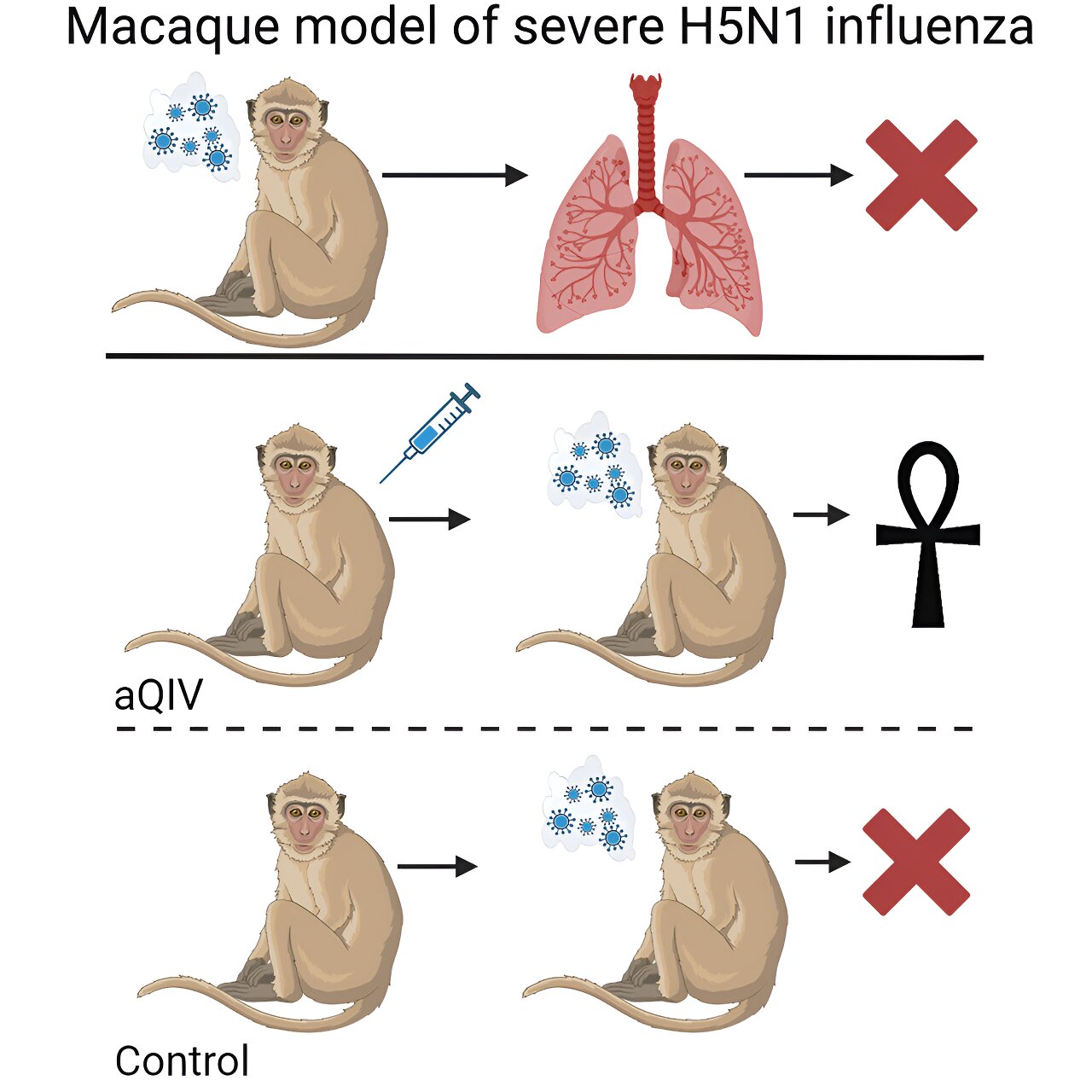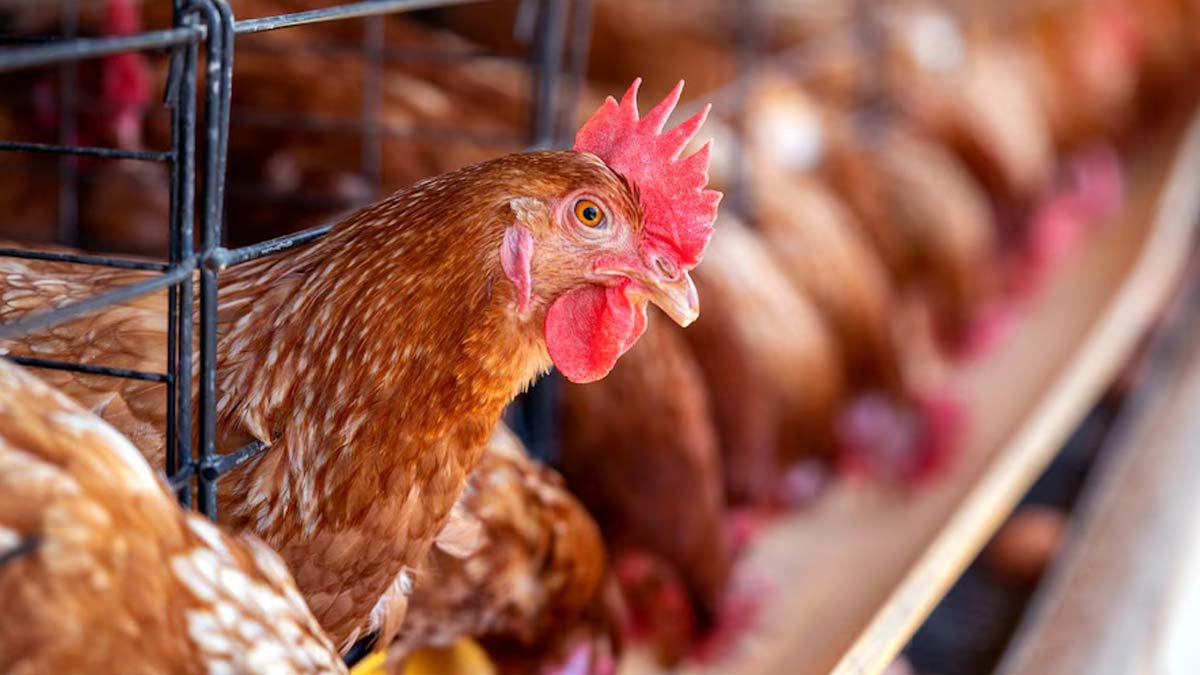The spread of H5N1, an avian flu virus, into various mammalian species has raised concerns about its potential impact on human health.
From marine mammals like sea lions to land animals such as dairy cows, the virus has exhibited an alarming ability to infect a wide range of hosts, causing significant mortality rates among affected populations.
The devastation witnessed among elephant seals in Argentina, where thousands of seal pups succumbed to the virus, paints a grim picture of the ongoing epidemic.
What was once a bustling breeding ground turned into a scene of death and despair, with carcasses littering the once vibrant beaches. The virus’s relentless march across continents, from South America to North America and beyond, underscores the urgency of the situation.
Looking Into the Growing Concerns and Uncertainties of Avian Flu’s Evolutionary Journey

While the primary concern remains the welfare of affected wildlife and livestock, there is growing apprehension about the virus’s potential to spread to humans.
Scientists are closely monitoring its evolution, wary of any changes that could facilitate human-to-human transmission. Despite assurances that a human pandemic is not inevitable, the uncertainty surrounding the virus’s adaptation to mammals is cause for vigilance.

The virus’s ability to mutate and adapt poses a significant challenge for containment efforts. As it continues to jump from one species to another, each new host presents an opportunity for further evolution.
Pigs, in particular, are of concern due to their susceptibility to both avian and human flu strains, making them potential mixing vessels for the virus.

In light of these developments, authorities are urged to enhance surveillance and response measures to mitigate the risk of a potential pandemic.
Timely information sharing and collaboration between nations are paramount in addressing the evolving threat posed by H5N1. While panic is unwarranted, a proactive approach rooted in diligence and respect for the virus’s capabilities is essential for effective management.
The lessons learned from its spread among mammalian populations serve as a sobering reminder of the need for preparedness and cooperation in confronting emerging infectious diseases.







Leave a Reply